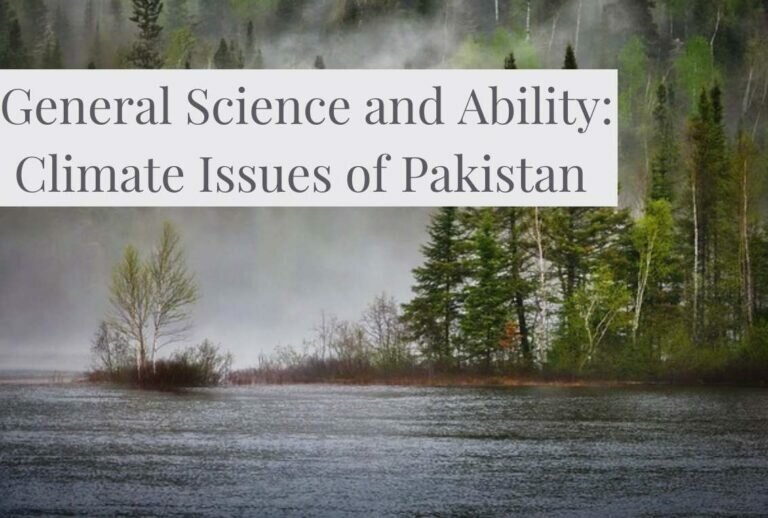The Pros and Cons of Renewable Energy Sources
I. Introduction
Renewable energy refers to energy derived from natural resources that are replenished quickly. These include sunlight, wind, rain, and geothermal heat. Unlike non-renewable energy sources like fossil fuels, renewable energy is sustainable and can be harnessed without depleting natural resources.
It plays a critical role in sustainable development by reducing greenhouse gas emissions. It also promotes energy security and independence and contributes to economic growth and job creation. Renewable energy also supports the United Nations’ Sustainable Development Goals (SDGs) by providing access to affordable, reliable, and modern energy for all.
This article aims to explore the pros and cons of renewable energy sources, highlighting their potential benefits and drawbacks, and providing a comprehensive comparison with non-renewable energy sources.
II. Pros of Renewable Energy
A. Reduction of Greenhouse gas Emissions
Renewable energy sources have a lower carbon footprint than non-renewable energy sources. It is because they emit fewer greenhouse gases and air pollutants. By reducing greenhouse gas emissions, renewable energy can help mitigate the effects of climate change. They also improve air quality and protect public health.
B. Cost-effectiveness and Job Creation
Renewable energy is becoming increasingly cost-effective and competitive with non-renewable energy sources. The decreasing cost of renewable energy technologies, such as solar panels and wind turbines, has made renewable energy more accessible and affordable. Additionally, the growth of the renewable energy industry has created numerous job opportunities in manufacturing, installation, and maintenance.

C. Energy Security and independence
Renewable energy sources can enhance energy security and independence by reducing dependence on foreign oil and natural gas. Renewable energy can also increase grid stability and reliability by diversifying energy sources and decentralizing energy production.
D. Sustainable and Eco-friendly Source of Energy
Renewable energy is a sustainable and eco-friendly source of energy that does not deplete natural resources. Unlike non-renewable energy sources, renewable energy does not generate harmful waste products, and it has a much lower environmental impact.
E. Innovation and technological advancements
The growth of renewable energy has spurred innovation and technological advancements in energy storage, grid integration, and other related fields. These advancements have the potential to further reduce the cost and increase the efficiency of renewable energy sources.
Overall, the pros of renewable energy demonstrate the potential for renewable energy to revolutionize the energy industry, improve the environment, and contribute to sustainable development.
Also Read: Tips & Tricks for Remembering the Authors of Books
III. Cons of Renewable Energy
A. Cost and affordability issues
While the cost of renewable energy has decreased significantly in recent years, it still requires significant upfront investment and can be more expensive than non-renewable energy sources in the short term. The cost of storage and transmission infrastructure can also be a significant barrier to the adoption of renewable energy.
B. Reliability and storage challenges
Renewable energy sources are intermittent, which means that they are not always available, depending on weather conditions, time of day, and other factors. This intermittency can make it challenging to integrate renewable energy into the grid and ensure a reliable and stable energy supply. Additionally, energy storage technology is still in its early stages, which can limit the ability of renewable energy to provide a consistent and reliable source of energy.
C. Land-use and environmental impact concerns
Renewable energy infrastructure, such as wind turbines and solar panels, can require significant land use and can have environmental impacts on wildlife and natural habitats. Additionally, the manufacture and disposal of renewable energy equipment can generate waste and pollution.
D. Compatibility and interconnection with the existing grid system
The integration of renewable energy into the existing grid system can be challenging, as the grid was originally designed for centralized, non-renewable energy sources. The integration of renewable energy requires significant upgrades and changes to the grid, which can be costly and time-consuming.
E. Social acceptance and community engagement issues
The deployment of renewable energy infrastructure can face opposition from local communities and stakeholders who may object to the aesthetic or environmental impact of renewable energy installations. Ensuring social acceptance and community engagement is crucial to the success of renewable energy projects.
IV. Comparison with Non-Renewable Energy
A. Environmental Impact
Non-renewable energy sources like coal, oil, and natural gas have a significant environmental impact. The extraction, transportation, and burning of fossil fuels generate air and water pollution, and greenhouse gas emissions, and harm natural habitats and ecosystems.
B. Energy Security and Independence
Non-renewable energy sources can contribute to energy insecurity and dependence on foreign oil and gas. The limited availability of fossil fuels and their fluctuating prices can also make them unreliable and vulnerable to geopolitical and economic instability.
C. Cost-effectiveness and Job Creation
While non-renewable energy sources can be cost-effective in the short term, they are becoming increasingly expensive as reserves deplete and the costs of extraction and transportation rise. Additionally, non-renewable energy sources do not provide as many job opportunities as renewable energy, as much of the work is automated and located overseas.
D. Reliability and Storage
Non-renewable energy sources are generally more reliable and can provide a consistent source of energy. However, they can still face supply disruptions and outages due to accidents, maintenance, and other factors. Additionally, non-renewable energy sources do not provide the same energy storage opportunities as renewable energy.
E. Compatibility and Interconnection with the Existing Grid System
Non-renewable energy sources are currently the primary source of energy in many parts of the world, which means that the grid system is designed around these sources. Integrating renewable energy into the existing grid system requires significant investment in infrastructure and changes in the grid system.
Also Read: Not All Recycling Projects are Cost-effective Essay
V. Conclusion
Renewable energy sources have the potential to provide a sustainable, cost-effective, and eco-friendly source of energy that can help reduce greenhouse gas emissions and mitigate the effects of climate change. However, as discussed, renewable energy sources face significant challenges that must be addressed to fully realize their potential.
The pros of renewable energy, such as reduced emissions, job creation, and energy independence, demonstrate the potential benefits that can be achieved through a transition to renewable energy. However, the cons of renewable energy, such as intermittency, cost, and storage, must be addressed through innovation, investment, and careful planning. Overall, the transition to renewable energy sources is essential to creating a sustainable and resilient energy system for the future.







